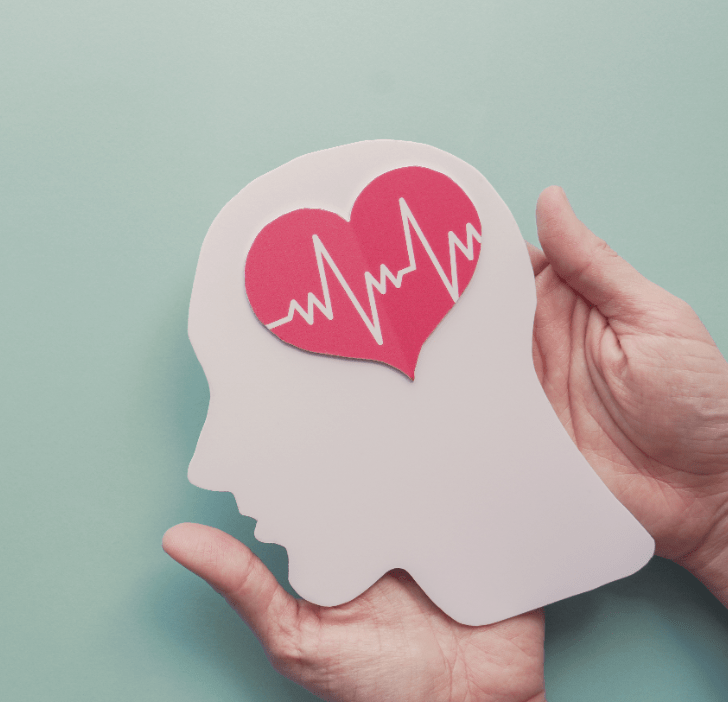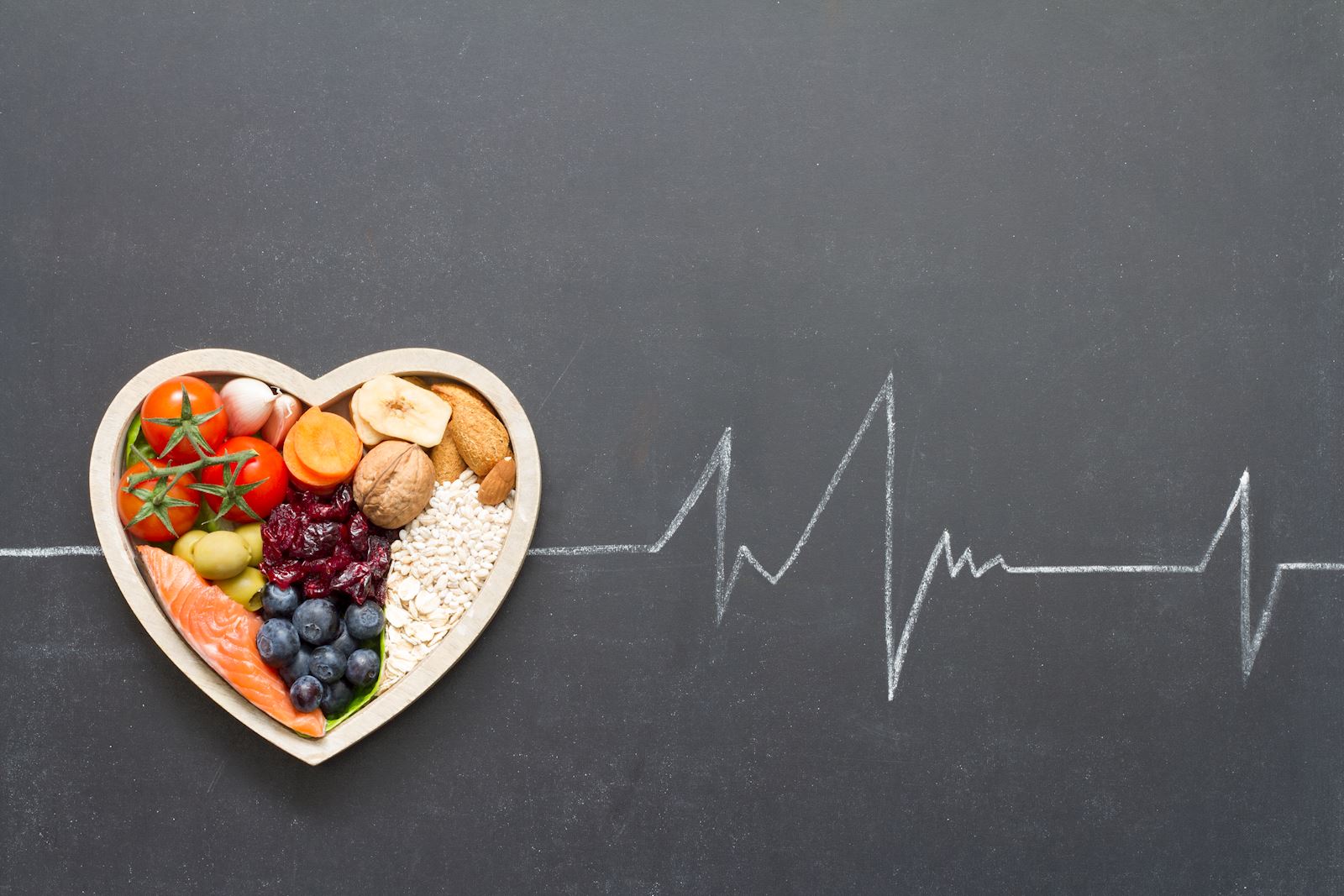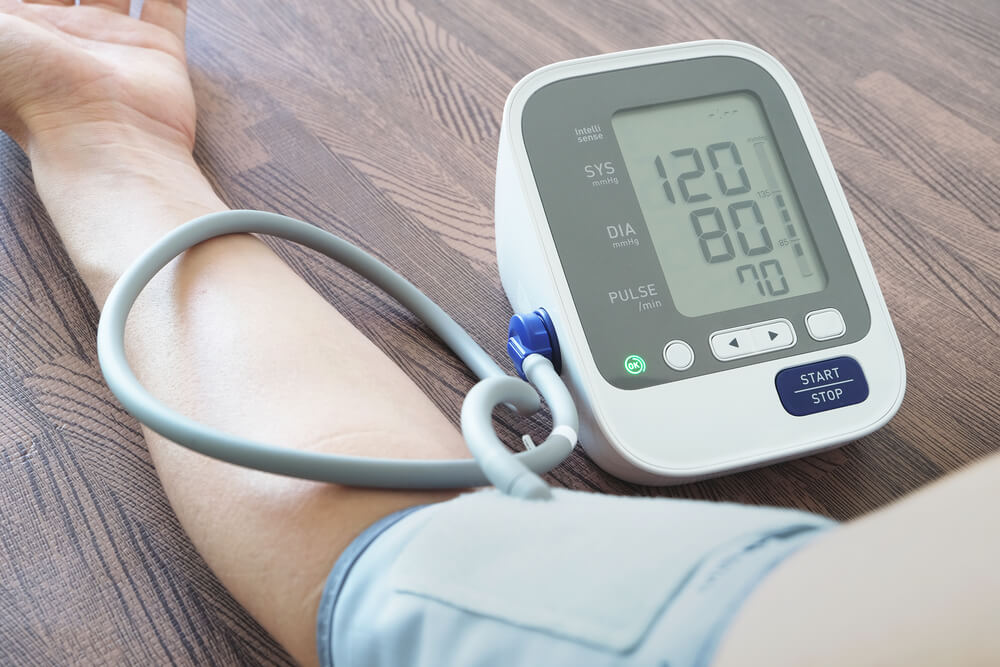Every year more than 795,000 people in the U.S. have a stroke, with about 3 of 4 being first-time strokes. The good news is 80% of all strokes are preventable and there are many stroke risk factors you can control.
First, what is a stroke? It’s a life-threatening loss of blood flow to the brain due to blocked blood vessels or bleeding in the brain. Strokes can cause permanent damage to the brain; they’re medical emergencies that must be treated quickly.
What causes a stroke?
Strokes can happen for many reasons. Some factors that cause strokes can’t be controlled, but many risk factors can including:
- High blood pressure (or hypertension) - Know your numbers and keep them low because high blood pressure is the leading cause of stroke and the most controllable risk factor
- Smoking - take steps to stop.
- Diabetes type 1 and 2 - Controlling blood sugar, high blood pressure, elevated cholesterol and weight gain associated with diabetes is also important in lowering the risk of stroke
- High cholesterol - Elevates the risk of stroke, so keeping it low is key
- Physically inactive - Being inactive can lead to weight gain and other health issues
- Being overweight or obese - Reducing weight to a healthy range also reduces the risk of stroke
- Poor diet - A diet high in processed foods, saturated and trans fats, sodium and sugar increases other risk factors that lead to stroke
Consult your primary care physician to create a plan tailored to your health needs to address your risk factors.
Why is diet so important?
Your body and brain need a variety of nutrients to stay healthy. A nutritious diet full of fresh fruits and vegetables, whole grains, fish, lean meats and low-fat dairy helps lower cholesterol and reduce blood pressure, both of which strain blood vessels and cause inflammation.
Know the warning signs for stroke
Don't ignore these symptoms, even if they go away. Call 9-1-1 or the emergency services number in your area. Responding quickly is critically important!
Adding in 30 minutes of exercise five times a week not only helps manage weight, control other risk factors, and helps you feel great, it can also reduce your risk of stroke by 25%.
Know the stroke warning signs and Act F.A.S.T.
The American Stroke Association has an easy way to remember the signs of a stroke and what to do.
- F = Face drooping
- A = Arm weakness
- S = Speech difficulty
- T = Time to call 9-1-1
Other stroke symptoms
Don't ignore these symptoms, even if they go away. Call 9-1-1 or the emergency services number in your area. Responding quickly is critical.
- Sudden numbness or weakness of the face, arm, or leg, especially on one side of the body
- Sudden confusion, trouble speaking or understanding
- Sudden trouble seeing in one or both eyes
- Sudden trouble walking, dizziness, loss of balance or coordination
- Sudden severe headache with no known cause
Stroke treatments
Getting the right care quickly can make the difference in saving lives and maintaining quality of life for people who have a stroke. The type of treatment provided depends on the type of stroke and could include a medication treatment to dissolve the clot, surgical treatment or a medical procedure. Generally, medication must be used within three hours of the stroke and before a medical procedure. That’s why acting F.A.S.T. is so important.
Every stroke is unique, but strokes tend to have similar effects including paralysis, vision loss, speech problems and behavioral and emotional changes. Various therapies can help the recovery process, and medical treatments can help lower the risk of another stroke.
Mom’s Meals® can help
Getting the proper nutrition doesn’t need to be difficult or time consuming. Mom's Meals makes eating better easy and delicious with ready-to-heat-and-eat, home-delivered meals. Designed by registered dietitians and crafted by professional chefs, we offer nine condition-specific menus to choose from, including heart- friendly and diabetes-friendly options. For those who have temporary or permanent trouble swallowing, we also offer pureed meals.



